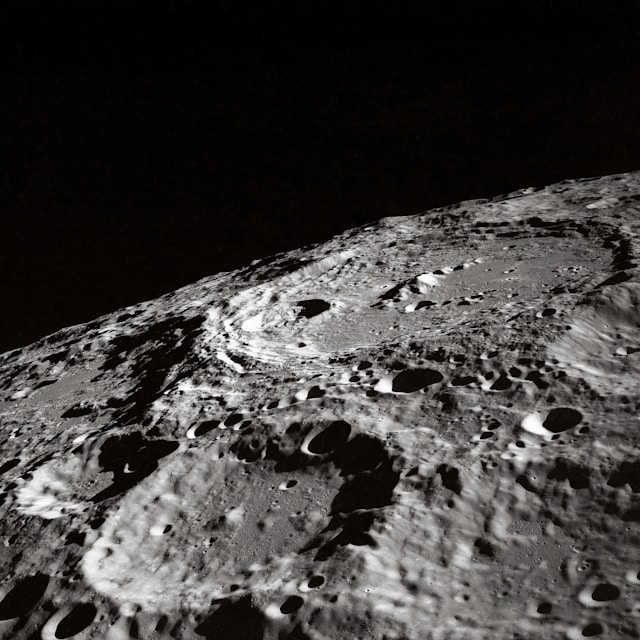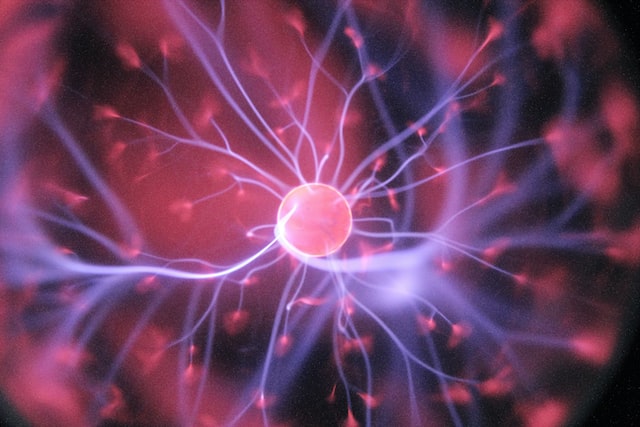
The Art and Ingenuity of Disabilities
” Disability is not a brave struggle or ‘courage in the face of adversity.’ Disability is an art. It’s an ingenious way to live.”
Neil Marcus, from Disability Visibility
In the collection Disability Visibility, edited by Alice Wong, personal narratives voice the experiences of people who are sometimes defined by others due to their disabilities, and who are often grappling with the isolation of being part of a world that does not really accepted them as complex human beings with complex experiences. Some people share stories of isolation due to incarceration and systems that were not designed for their bodies or minds. The variety of voices in the collection is remarkable. In the first section, entitled “Being,” readers hear the experiences of people with physical disabilities. They are living through loss and grief, chronic illness that is not being addressed, family and religious structures that both accept and reject their disabilities, and systems that do not provide them the tools to be part of any community. They live their lives, face their challenges, and provide perspective about the ingenious ways humans survive each other.
Most thought-provoking to me was “Unspeakable Conversations,” written by Harriet McBryde Johnson, who details her exchanges with well-known philosopher Peter Singer. McBryde Johnson, who is a lawyer, debates Singer at Princeton. In the essay, McBryde Johnson also details her community’s response to her agreeing to engage with Singer, questioning legitimizing this “monster’s” view – one that questions her (and their) very existence. In the description of her trip to the Princeton, McBryde Johnson explains her experience moving through the world: the airlines damaging her wheelchair, looking for a place suitable to using a bedpan in the airport, navigating to the debate stage via an elevator that doubles as a janitorial closet, and needing assistance from Singer during a meal.
Singer argues in favor of a parent’s right to kill a baby who is born with cognitive or severe disabilities. McBryde Johnson raises compelling points about disability-related prejudice, such as would our society accept this argument if it were based on racial (rather than disability) prejudice? Singer believes his argument is about the quality of life of a disabled person. McBryde Johnson asserts that people with disabilities lead happy and fulfilling lives, and who is qualified to determine the base level of someone’s quality of life?
In the end, McBryde comes to see Singer not as a monster but as having a “tragic view” that advocates for creating a framework of ethics that is unbound by religious or community perspectives, which is an aspirational goal. She believes his argument fails because it is based on the premise that people with disabilities are inherently worse off, which is not an uncommon belief in our society – but an incorrect one. She concludes with this observation, “The peculiar drama of my life has placed me in a world that by and large thinks it would be better if people like me did not exist. My fight has been for accommodation, the world to me and me to the world.” To me, this feeling is universal – people struggling to find a place in a world that may be welcoming or unwelcoming, often for arbitrary reasons.
The second section of the book, “Becoming,” focuses more on empowerment and response. One of my favorites in this section is “How to Make a Paper Crane from Rage” by Elsa Sjunneson. Through the narrative, Sjunneson describes angry moments in her life as folds that twist and bend to form a paper crane. Some anger is related to being a queer, deafblind woman trying to navigate the world’s injustices, many of which are unseen or unacknowledged. With each fold, she describes the anger and where it is directed. As a menopausal woman, I related to this rage. My experience is much different from Sjunneson’s, but I related because sometimes the world’s concepts of who we are — or who we should be — just do not match my experience. Sjunneson’s story is inspiring because she offers a way to manage this rage with each fold, recognizing ways to channel the rage into action and using it “for good.” She writes that her rage has led her to a radical vulnerability, where she angrily calls out social discrimination and ablism but also shares the vulnerability of being defined not as any one element of her identity but as a “whole person” who is turning her rage “into a beacon” for compassion and understanding.





